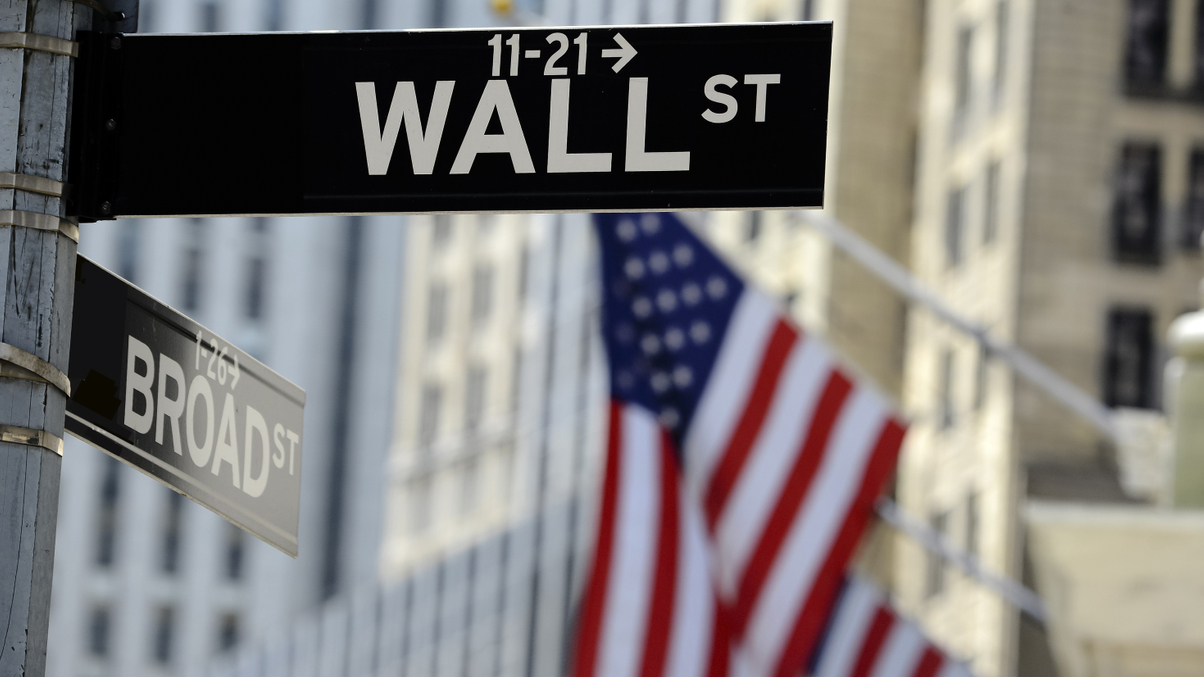Market Views: What to buy in the US corporate bond market?
High-yield sales are still a fraction of investment-grades but fund managers tell AsianInvestor they are seeing more opportunity in BBB-rated bonds and lower, rather than higher grades.

September has seen record enthusiasm from both issuers and investors participating in the US corporate bond market.
Sign In to Your Account
Access Exclusive AsianInvestor Content!
Please sign in to your subscription to unlock full access to our premium AI resources.
Free Registration & 7-Day Trial
Register now to enjoy a 7-day free trial—no registration fees required. Click the link to get started.
Note: This free trial is a one-time offer.
¬ Haymarket Media Limited. All rights reserved.


